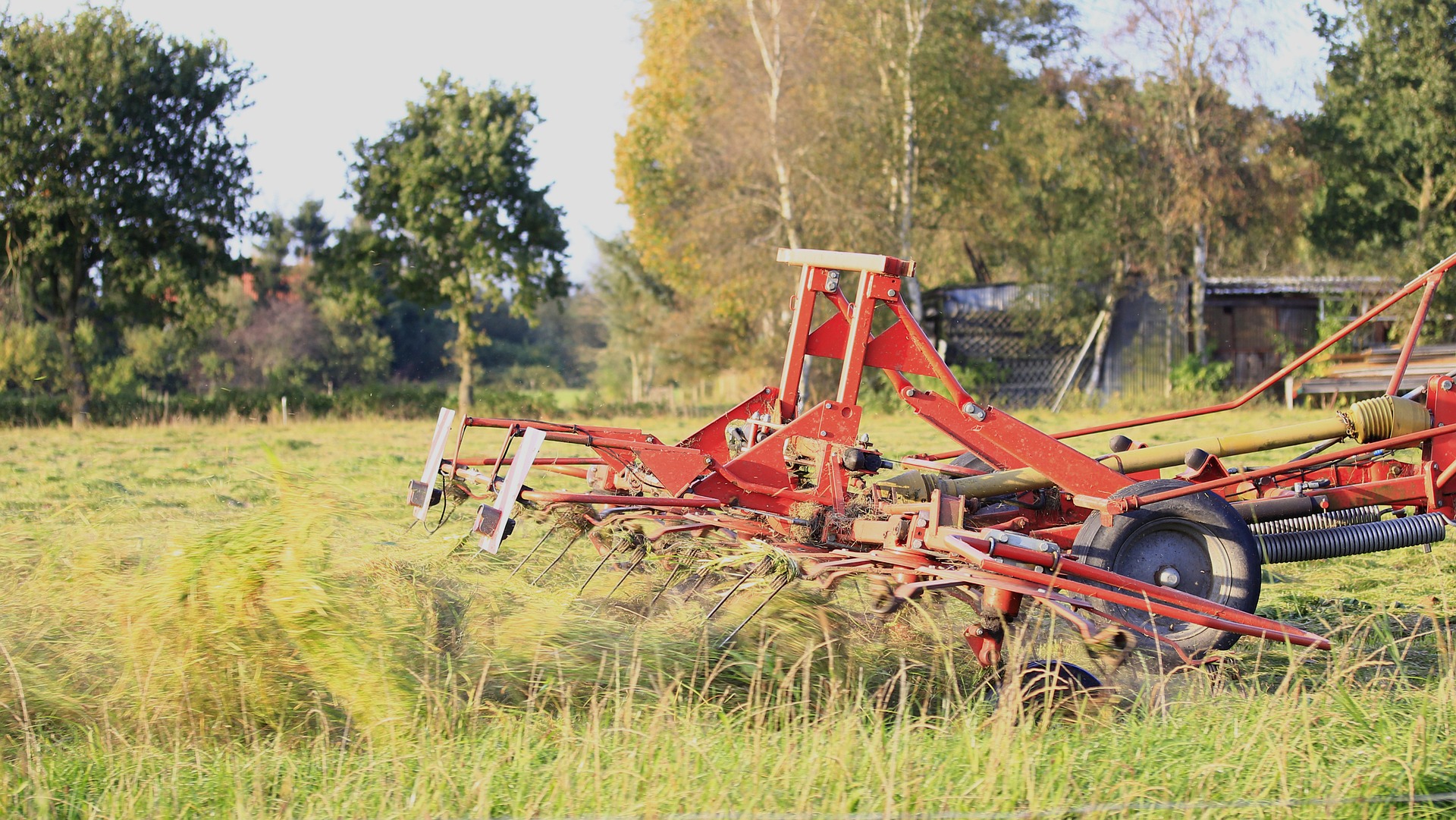All About Windrows
While there are many instances where the phrase “everything in moderation” applies quite nicely, this is not the case with forage windrows. Optimally, a windrow should be rather wide, but the status quo for many is narrower windrows, which do more harm than good.
If a windrow is too narrow, a variety of problems may ensue. First of all, the top of the windrow is often too dry. In fact, the top of the windrow might become so dry that they crumble when they are chopped. Thus, a narrow windrow results in wasted forage. A wider windrow, on the other hand, allows the forage to dry more consistently, and an added benefit is that the forage will also receive more exposure to the sun, as opposed to the top receiving such a disproportionate amount of sun that it becomes fragile. Of course, a narrow windrow is just as problematic for the bottom, as the forage will become far too wet. As a result, the forage may become moldy and equally as unusable as the overly dry top layer.
Sometimes it might seem more economical to make a narrow windrow, but the wasted forage will quickly do away with any cost savings. It is better to instead understand how to effectively create a wide windrow. Tedding forage is one of the best ways to widen a windrow, and if one is judicious in the amount of tedding (spreading the windrow too wide can be problematic), this can alleviate many of the problems associated with narrow windrows. Additionally, using conditioner on the baleage can also be a good way to prevent forage windrows from falling victim to the negative side effects of narrow windrows.
There are certain situations where it is especially important to have a wide windrow. Specifically, if one is harvesting crops such as wheat or rye, a narrow windrow might prove disastrous. These crops are generally harvested during the winter months, which already present less than stellar drying conditions. A narrow windrow will only exacerbate the problems associated with these poor drying conditions.
On balance, a narrow windrow might not seem to be a problem. Part of the windrow gets too dry and part of it gets too wet, but these even out in the end. This could not be farther from the truth, and a narrow windrow can result in a waste of money. As a result, widening windrows, be it through the use of conditioner or tedding, is of the utmost importance, especially with winter crops like wheat or rye.

